Problem: Our oceans are choking with plastic, threatening marine life and ecosystems. Agitation: It's easy to feel overwhelmed by the sheer scale of the problem, wondering if anything truly impactful can be done. Solution: But what if our everyday choices could make a difference? Let's explore how innovative companies are transforming ocean plastic into stylish, wearable shoes, turning waste into a resource and saving the planet, one step at a time.
Ocean plastics are turned into wearable shoes through a meticulous process of collection, sorting, cleaning, shredding, and melting them into pellets or flake. These purified plastic materials are then spun into high-performance yarns or fibers, which are subsequently woven, knitted, or molded into various shoe components such as uppers, laces, or even outsoles, creating durable and sustainable footwear.
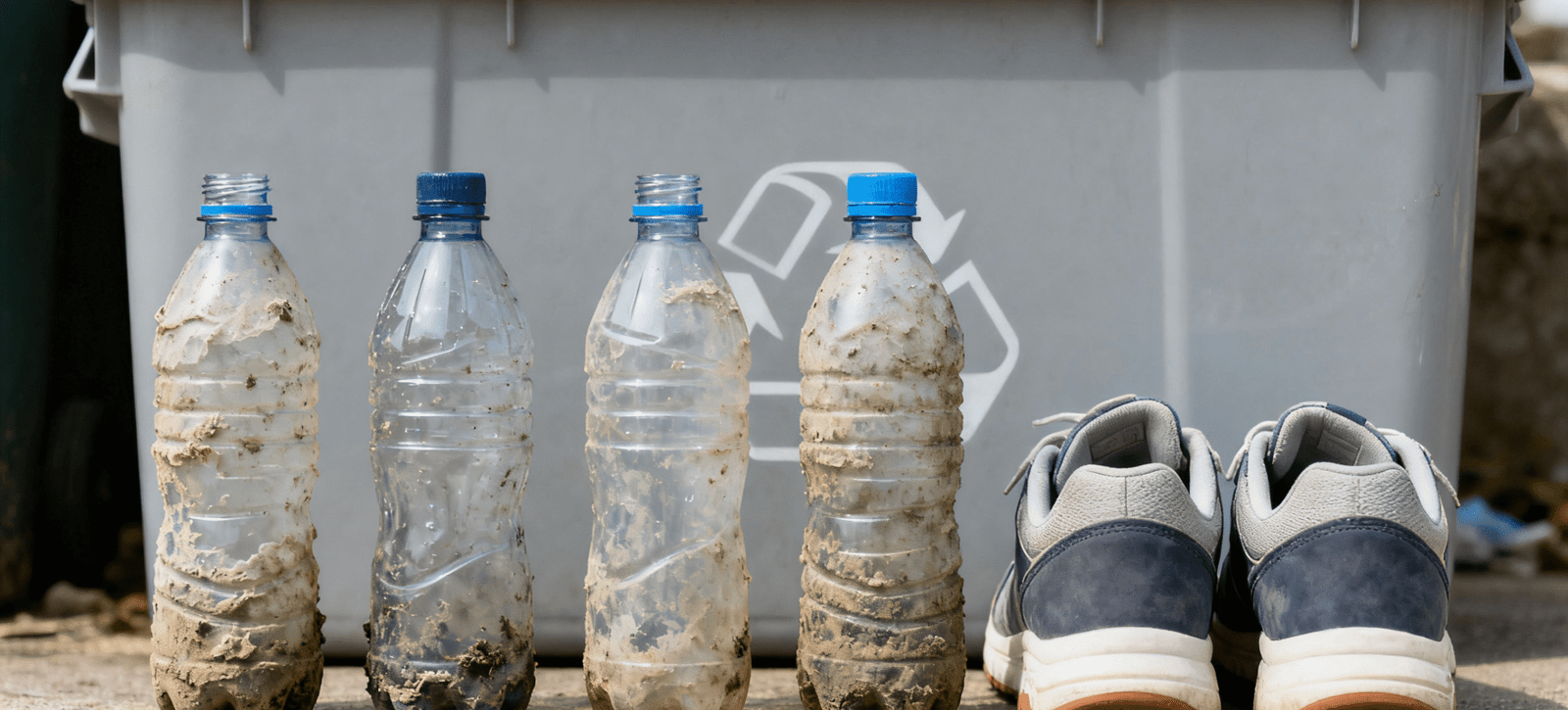
How Are Ocean Plastics Turned into Wearable Shoes? Problem: The idea of wearing shoes made from plastic fished out of the ocean might sound like science fiction, or at least a bit rough. Agitation: How exactly do discarded bottles and fishing nets, often covered in grime and ocean debris, become clean, comfortable, and fashionable footwear? Solution: Let's break down the fascinating multi-step process that transforms marine waste into high-quality shoe materials.
Ocean plastics are turned into wearable shoes through a circular process that begins with collection, followed by rigorous sorting and cleaning to remove contaminants. The purified plastic is then shredded into flakes, melted, and extruded into uniform pellets. These pellets are spun into high-performance textile fibers or used to mold structural components, which are then integrated into the shoe's design, creating durable and eco-conscious footwear.
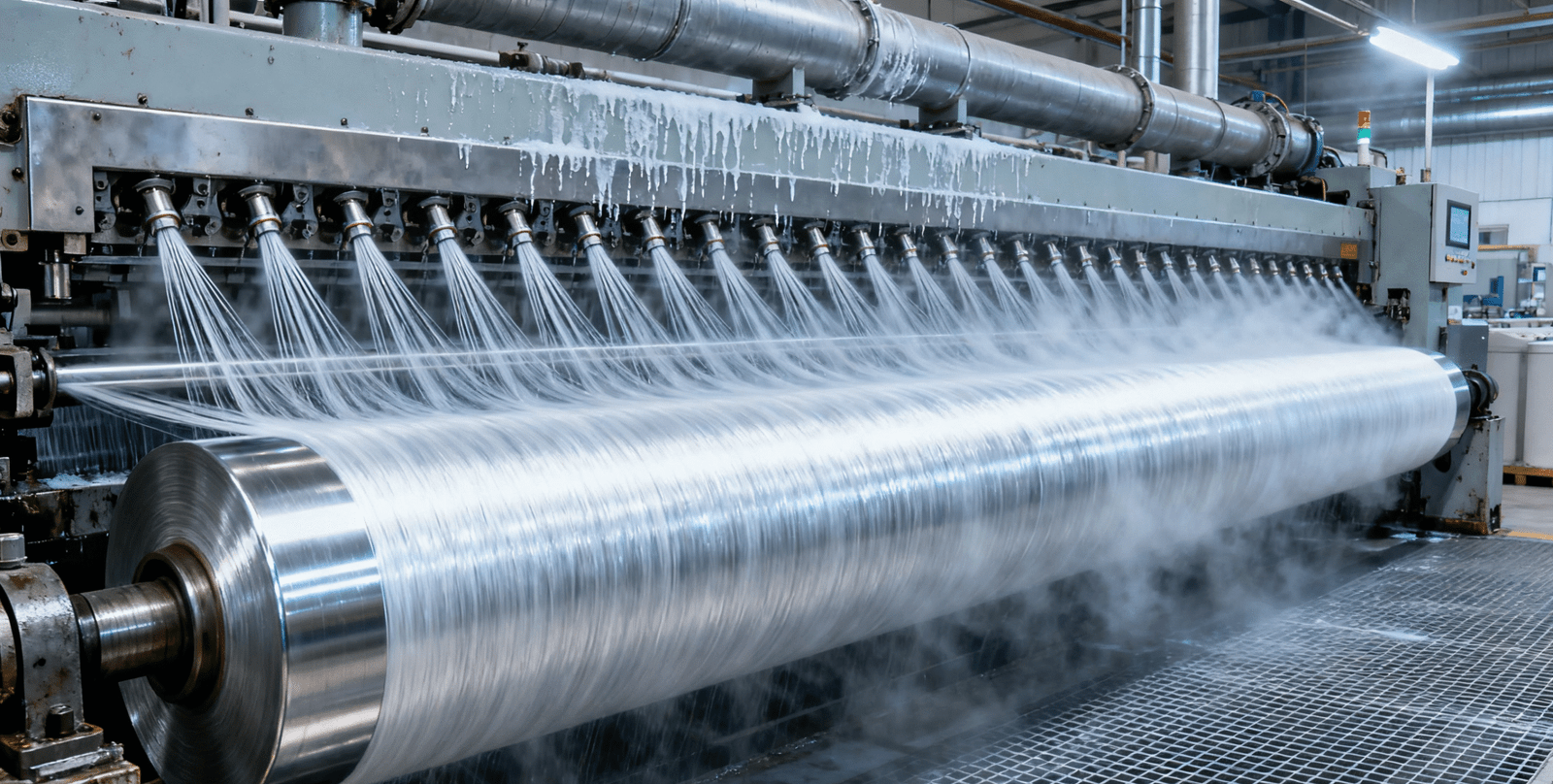
At Lucas, sustainability has become an increasingly important part of our mission. We're always researching new materials and processes that align with our commitment to responsible manufacturing. The transformation of ocean plastic into shoe components is a perfect example of the kind of innovation our industry needs to embrace.
What are the steps in the transformation process?
The process is complex, but it generally follows these crucial stages:
- Collection and Sorting:
- Source: Plastic waste is collected from oceans, coastlines, and often rivers, which are major pathways for plastic reaching the sea. This includes discarded fishing nets (ghost gear), plastic bottles, bags, and other debris.
- Initial Segregation: At collection points, the plastic is initially sorted. This separates different types of polymers (PET, HDPE, PP). It also removes non-plastic materials like wood or metal. This is a critical first step. It ensures the purity of the end material.
- Cleaning and Shredding:
- Thorough Cleaning: The collected plastic is often heavily contaminated. It has salt, biological growth, and other debris. It needs extensive washing. It sometimes undergoes sterilization. This removes all impurities.
- Shredding: The clean plastic is then shredded into small, uniform flakes. This increases the surface area. It prepares the material for the next stage.
- Melting and Pelletizing/Extruding:
- Melting: The flakes are melted down at high temperatures. This forms a molten plastic mass.
- Filtration: The molten plastic often goes through a filtration system. This removes any remaining micro-impurities. This ensures a clean resin.
- Pelletizing or Extrusion: The purified molten plastic is then either
- Pelletized: It is cooled and cut into uniform pellets. These pellets are the raw material for spinning fibers or molding components.
- Extruded: It is directly forced through a die. This creates continuous filaments or sheets.
- Creating Yarn/Fabric:
- Spinning Fibers: The plastic pellets are used to create textile fibers. These can be monofilament (single strand) or multifilament (multiple strands twisted together). The process resembles traditional yarn spinning.
- Weaving/Knitting: These high-performance plastic yarns are then woven into fabrics for shoe uppers. They can also be knitted into flexible structures. Think of materials used for athletic shoes.
- Molding Components:
- Structural Elements: In some cases, the plastic pellets can be directly molded. They form shoe components. These components can be heel counters or even midsoles. It depends on the plastic type and durability requirements.
How are different plastic types used?
| Plastic Type | Common Ocean Source | Typical Shoe Component Application | Properties for Shoe Use |
|---|---|---|---|
| PET (Polyethylene Terephthalate) | Plastic bottles, food containers | Shoe uppers, laces, inner linings | Strong, durable, good for weaving, can be recycled repeatedly |
| HDPE (High-Density Polyethylene) | Milk jugs, bottle caps, plastic bags | Sometimes for rigid components, outer layers of some fabrics | Stiff, durable, resistant to chemicals, less common for fabric |
| PP (Polypropylene) | Fishing nets, industrial packaging | Outsoles, some structural elements, webbing | Strong, flexible, resistant to fatigue, good for molding or webbing |
| Nylon (Polyamide) | Fishing nets, carpets | High-performance fabrics for uppers, laces, structural components | Very strong, abrasion-resistant, good elasticity, ideal for performance |
This transformation requires significant investment in technology and infrastructure. It's a testament to human ingenuity. It shows dedication to addressing environmental challenges. It's a highly sophisticated form of recycling. It helps create valuable products from what was once considered waste.
How Much Plastic Does Each Pair of Shoes Remove from the Ocean? Problem: It's inspiring to hear about shoes made from ocean plastic, but the impact feels abstract without concrete numbers. Agitation: You might wonder, how significant is the contribution of a single pair of these eco-friendly shoes to cleaning up our polluted waters? Solution: Let's quantify the plastic removal, providing a clearer picture of the environmental benefit associated with each step toward sustainable footwear.
The amount of plastic each pair of shoes removes from the ocean varies significantly by brand, shoe model, and the type of plastic used. Typically, a single pair of shoes can contain anywhere from 5 to 20 recycled plastic bottles, or an equivalent weight (e.g., 100-200 grams) of mixed ocean plastic, including discarded fishing nets, ultimately preventing this waste from further polluting marine ecosystems.
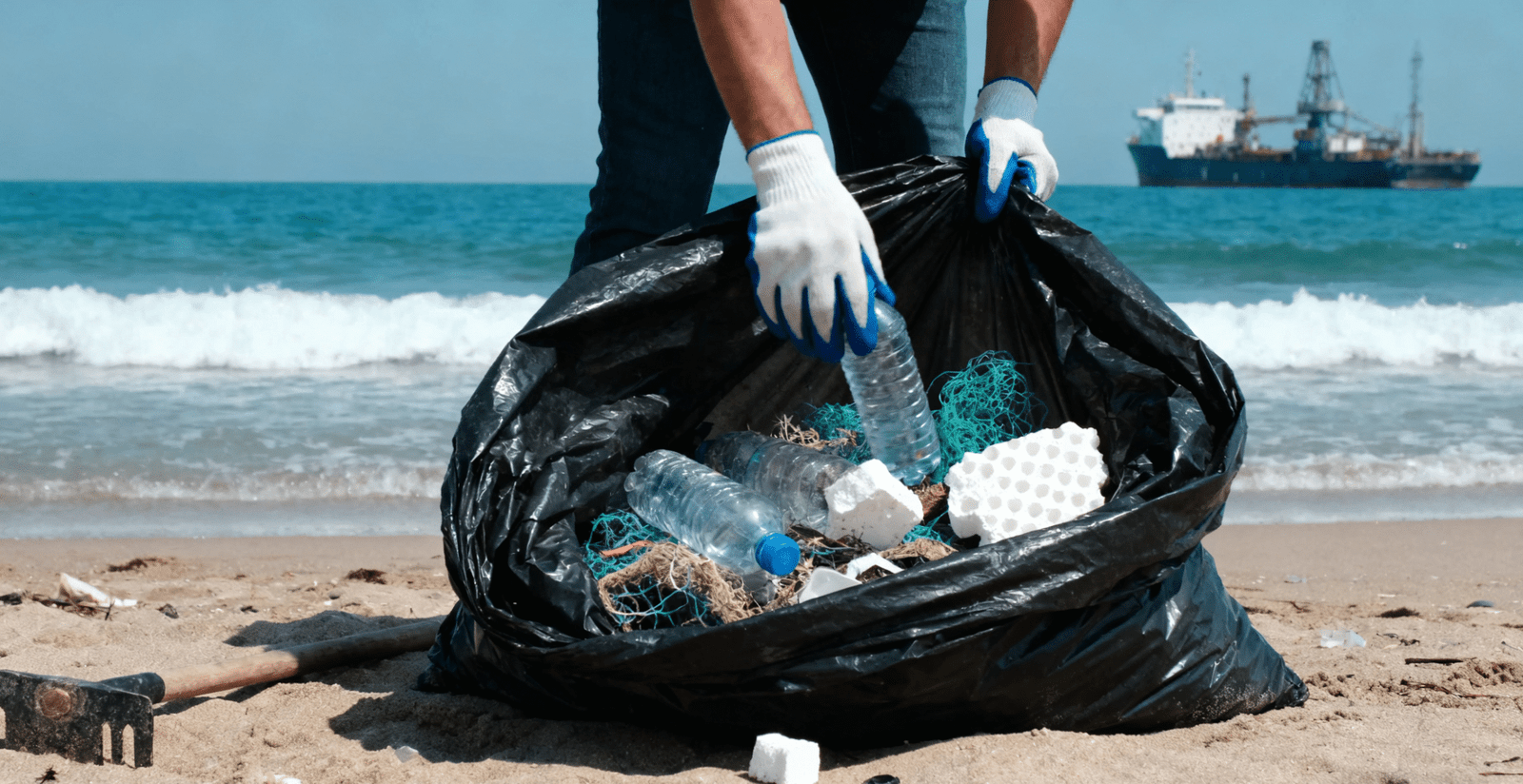
What factors influence the amount of plastic per shoe?
Several variables determine how much ocean plastic is incorporated into a single pair of shoes:
- Shoe Design and Size: A larger shoe generally requires more material than a smaller one. A shoe with more upper fabric or thicker soles will use more.
- Material Composition: Some shoes might only use recycled plastic in the upper fabric. Others might use it in laces, linings, or even parts of the outsole or midsole. The percentage of recycled content matters.
- Type of Plastic: Different plastics have different densities and weights. A pair of shoes made primarily from recycled fishing nets (often nylon or polypropylene) might weigh differently than one made from recycled PET bottles.
- Manufacturing Process: The efficiency of the manufacturing process can also influence how much raw material is needed.
- Brand-Specific Targets: Each brand sets its own targets for how much recycled material they want to incorporate. Some aim for 100% recycled content in certain components. Others might aim for a smaller percentage.
What are some typical examples?
While exact figures vary, here's a general idea of what leading brands report:
- Adidas Parley Collection: One of the pioneers in this space. Many of their shoes in the Parley for the Oceans line are estimated to contain around 10-15 plastic bottles (100-200 grams of plastic) per pair. The plastic is often used in the Primeknit upper.
- Other Brands (e.g., Rothy's, Veja): These brands often use recycled PET bottles for their knit uppers. A typical pair of their shoes might contain anywhere from 5 to 15 recycled plastic bottles. For example, Rothy's famously states that a single pair of their women's flats is made from plastic equivalent to 12 water bottles.
- Brands using fishing nets (Nylon/Polyamide): Fishing nets are heavier than plastic bottles. So, a pair of shoes incorporating recycled fishing nets might not correspond to a "number of bottles." Instead, it will be a specific weight (e.g., 150 grams of recycled nylon).
| Brand / Product Example | Primary Recycled Material | Estimated Plastic Content Per Pair | Notes |
|---|---|---|---|
| Adidas Parley Ultra Boost | Ocean plastic (PET) | ~11 plastic bottles (approx. 100g) | Upper made from Parley Ocean Plastic. |
| Rothy's Flats | Plastic water bottles (PET) | ~12 plastic bottles | Signature knit upper from recycled bottles. |
| Veja (selected models) | Plastic water bottles (PET) | ~3-10 plastic bottles | Often uses recycled PET for mesh uppers and linings. |
| Allbirds (some initiatives) | Plastic bottles | Varies by model | While known for wool, they also use recycled plastics in some components. |
| Nike (some initiatives) | Recycled polyester yarns | Varies by model | Often uses recycled content in performance sneakers. |
It's important to remember that collecting and processing ocean plastic is resource-intensive. It's not a silver bullet for ocean pollution. However, every gram of plastic repurposed is a gram that won't end up harming marine life or staying in landfills. The impact of these shoes goes beyond just the plastic removed. It raises awareness. It creates demand for recycled materials. It encourages consumers and other industries to embrace circular economy principles. As a shoe manufacturer, I see this as a powerful step. It shows responsible production is possible.
Which Brands Make Shoes From Ocean Plastic? Problem: You're convinced by the concept of sustainable footwear, but navigating the market to find brands genuinely committed to using ocean plastic can be challenging. Agitation: With so much "greenwashing" in the industry, how can you identify the legitimate players who are truly making a difference with ocean plastic shoes? Solution: Let's highlight some of the leading and most reputable brands that have integrated ocean plastic into their shoe production, allowing you to make informed and eco-conscious choices.
Several reputable brands are at the forefront of making shoes from ocean plastic, demonstrating a commitment to sustainability. Key players include Adidas, a pioneer with its Parley for the Oceans collaboration; Rothy's, known for converting plastic bottles into stylish knit uppers; Veja, which incorporates recycled plastic into its eco-friendly designs; and other innovators like Allbirds and Stella McCartney, pushing the boundaries of sustainable footwear materials and production processes.
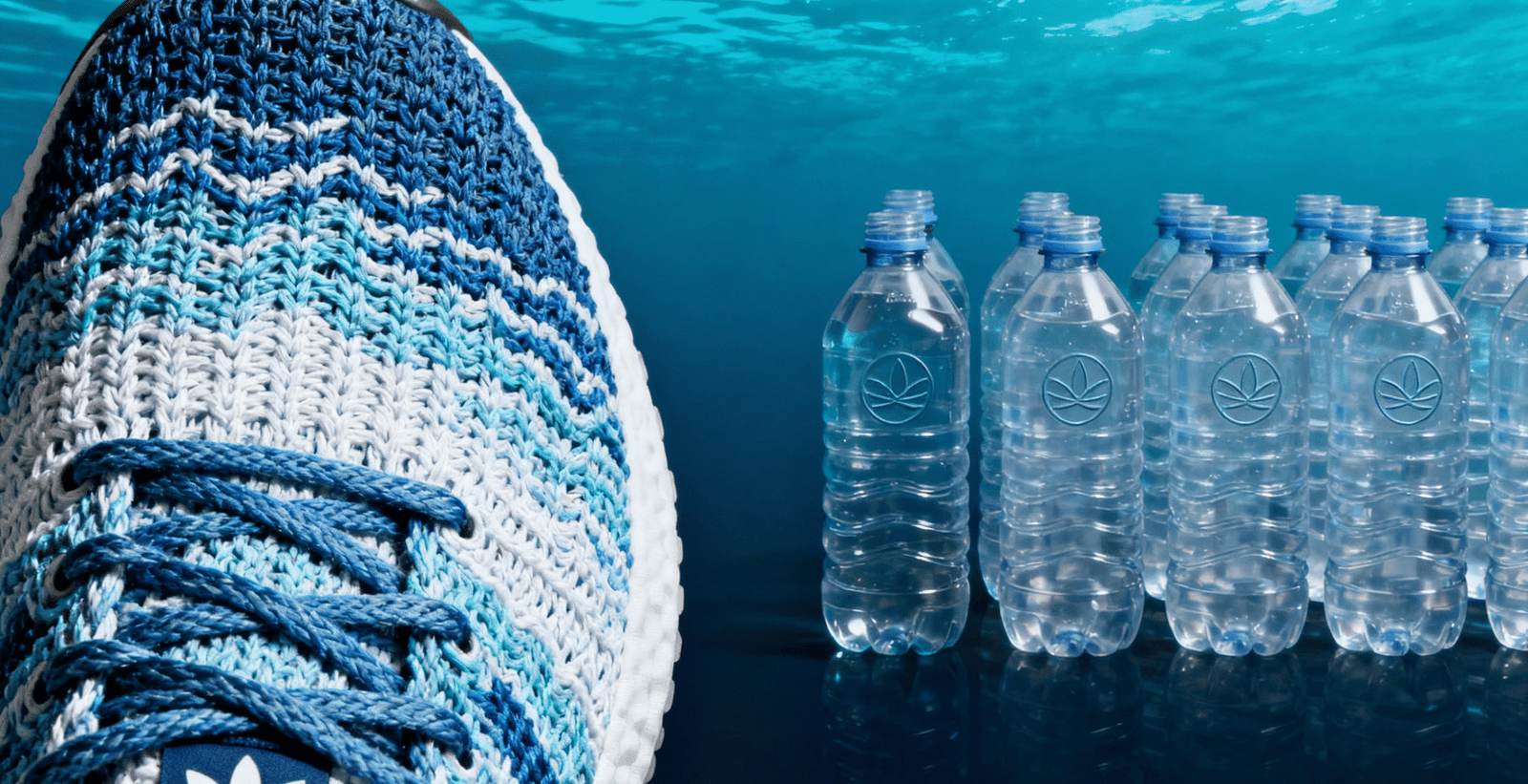
From my position in shoe manufacturing, seeing established brands pivot towards sustainability, and new brands build their entire mission around it, is incredibly encouraging. It signals a significant shift in consumer demand and industry responsibility. These brands are not just making shoes; they're making a statement.
What are the pioneers and major players?
These brands have made significant commitments and investments in utilizing ocean plastic:
- Adidas (with Parley for the Oceans):
- Focus: Arguably the most well-known. Their long-standing partnership with Parley transforms plastic from remote islands, beaches, and coastal communities into high-performance sportswear and shoes.
- Products: Their "Ultra Boost," "Terrex," and "Stan Smith" lines often feature Parley Ocean Plastic in their Primeknit or other fabric uppers, laces, and linings.
- Impact: Adidas has produced millions of pairs of shoes with Parley Ocean Plastic. They have significantly raised global awareness about marine plastic pollution.
- Rothy's:
- Focus: A brand built entirely around sustainability. They specifically use recycled plastic water bottles. They turn these bottles into their signature seamless knit yarn. This yarn forms the uppers of their popular flats, sneakers, and bags.
- Products: Their diverse range includes women's flats, loafers, sneakers, and espadrilles. Each pair uses a specific number of recycled bottles.
- Impact: Rothy's has repurposed millions of plastic bottles into fashionable footwear. They offer a direct, quantifiable impact per product.
What about other notable brands and innovators?
The movement is growing, with more brands adopting recycled ocean plastic:
- Veja:
- Focus: A French brand known for its ethical and sustainable practices across its entire supply chain. They use recycled plastic bottles to create "B-mesh," a breathable and water-resistant fabric for many of their shoe uppers.
- Products: Their popular V-10, V-12, and Esplar models often feature B-mesh.
- Impact: Veja is transparent about its material sourcing. They support fair trade. They provide a comprehensive sustainable option in the fashion sneaker market.
- Allbirds:
- Focus: While famous for wool and tree fibers, Allbirds also incorporates recycled PET into some of their shoe components, like laces and eyelets. They are committed to reducing their carbon footprint across all materials.
- Products: Their "Tree Dasher" and "Wool Runner" models may include recycled plastic elements. They continuously innovate with sustainable materials.
- Impact: Allbirds promotes full transparency about their carbon footprint. They work towards a fully sustainable product lifecycle.
- Stella McCartney:
- Focus: A luxury fashion brand consistently at the forefront of sustainable and ethical fashion. They use recycled nylons from fishing nets and industrial waste.
- Products: Often integrated into high-fashion sneaker designs and other accessories, pushing the boundaries of sustainable luxury.
- Impact: Sets a high standard for sustainable practices in high-end fashion. It influences other luxury brands to follow suit.
- Ecoalf:
- Focus: A Spanish brand dedicated to creating fashion from recycled materials. They have a specific initiative called "Upcycling the Oceans." It involves fishermen collecting waste from the sea.
- Products: They produce a wide range of apparel and footwear using recycled ocean plastic.
- Impact: Directly involves local communities in waste collection programs. They offer a comprehensive collection made from marine waste.
This is not an exhaustive list. Many smaller brands are also making strides. The growth in this niche highlights a vital shift. It shows consumers prioritize environmental impact. It also shows brands are responding with innovative solutions. For manufacturers like Lucas, this indicates a clear direction for diversification and future material sourcing.
Are Shoes Made from Ocean Plastic Durable? Problem: It's fantastic that shoes can be made from ocean plastic, but a nagging question remains about their performance and longevity. Agitation: You might worry that turning waste into footwear compromises its durability, making them less robust or long-lasting than traditional shoes. Solution: Let's address the crucial question of durability, examining whether shoes made from ocean plastic can withstand daily wear and tear as effectively as their conventional counterparts.
Yes, shoes made from ocean plastic are designed to be durable and often perform as well as, or even better than, those made from virgin materials. The recycled plastics (like PET or nylon from fishing nets) undergo rigorous processing and refinement, turning them into high-quality, strong yarns and components that meet footwear industry standards for strength, abrasion resistance, and longevity, ensuring that sustainability does not compromise product lifespan.
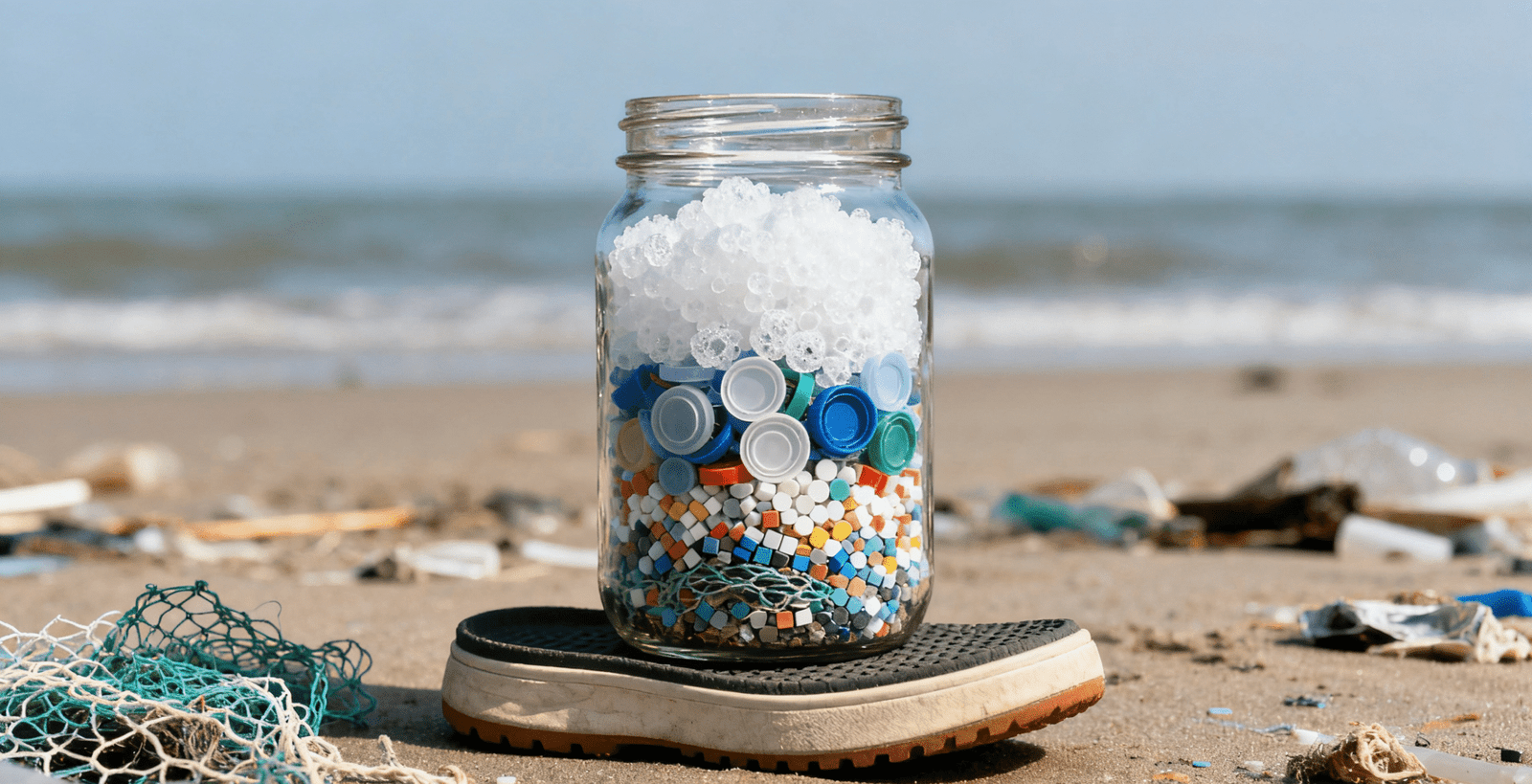
What contributes to the durability of recycled plastic shoes?
The quality of materials derived from ocean plastic is often surprisingly high, thanks to advanced recycling and manufacturing techniques:
- High-Quality Source Plastics: The most common plastics collected from oceans for footwear are PET (from bottles) and Nylon/Polyamide (from fishing nets). These polymers are inherently strong and durable. PET is widely used in conventional textiles. Nylon is known for its incredible strength and abrasion resistance.
- Rigorous Processing: As discussed earlier, the collected plastic goes through extensive cleaning, sorting, shredding, and melting processes. This meticulous refinement removes impurities. It ensures the resulting flakes or pellets are consistently high quality. This is crucial for producing strong fibers and materials.
- Fiber Engineering: Recycled plastic is not just randomly woven. It's engineered into specific types of yarns or fabrics. These are designed for footwear. For example, recycled PET can be spun into polyester yarns. These yarns offer properties similar to virgin polyester. This includes strength, elasticity, and resistance to shrinking or stretching. Recycled nylon from fishing nets is often very robust. It's perfect for demanding applications like performance shoe uppers.
- Blends with Other Materials: Sometimes, the recycled plastic is blended with other fibers. These can be natural or synthetic. This enhances performance. This creates the desired feel and durability. For instance, a small amount of spandex might be added. This adds stretch.
- Industry Standards: Reputable shoe brands that use ocean plastic do not compromise on product quality. Their shoes go through the same rigorous testing for durability, wear, and tear as other shoes. This testing includes abrasion resistance. It includes flexibility. It also includes overall structural integrity.
What are common misconceptions about durability?
- "It's made from trash, so it must be weak." This is a false assumption. The processing essentially "resets" the plastic. It transforms it into a raw material. This material is suitable for high-performance applications. It's not just compressed garbage.
- "It will break down faster in water." Recycled plastic materials used in shoes are designed to be water-resistant. Many are even waterproofed or quick-drying. They are not more susceptible to degradation in wet conditions than new synthetic materials.
Think of it this way: a well-made fabric from recycled plastic bottles can be just as strong and long-lasting as a fabric made from new plastic. The key is the quality of the recycling and manufacturing process. Brands like Adidas and Rothy's have built their reputation on producing high-quality, durable shoes that happen to be sustainable. My experience in this industry tells me that well-engineered products, regardless of their material source, are what win in the long run. These shoes are not just good for the planet; they are good shoes.
Shoes crafted from ocean plastic represent a remarkable step in sustainability, transforming collected marine waste through rigorous processing into high-quality yarns and components. While the quantity of plastic per pair varies, each contributes to combating pollution, pioneered by brands like Adidas and Rothy's. Crucially, these eco-conscious shoes are designed for durability, proving that environmental responsibility can go hand-in-hand with robust, long-lasting footwear.
